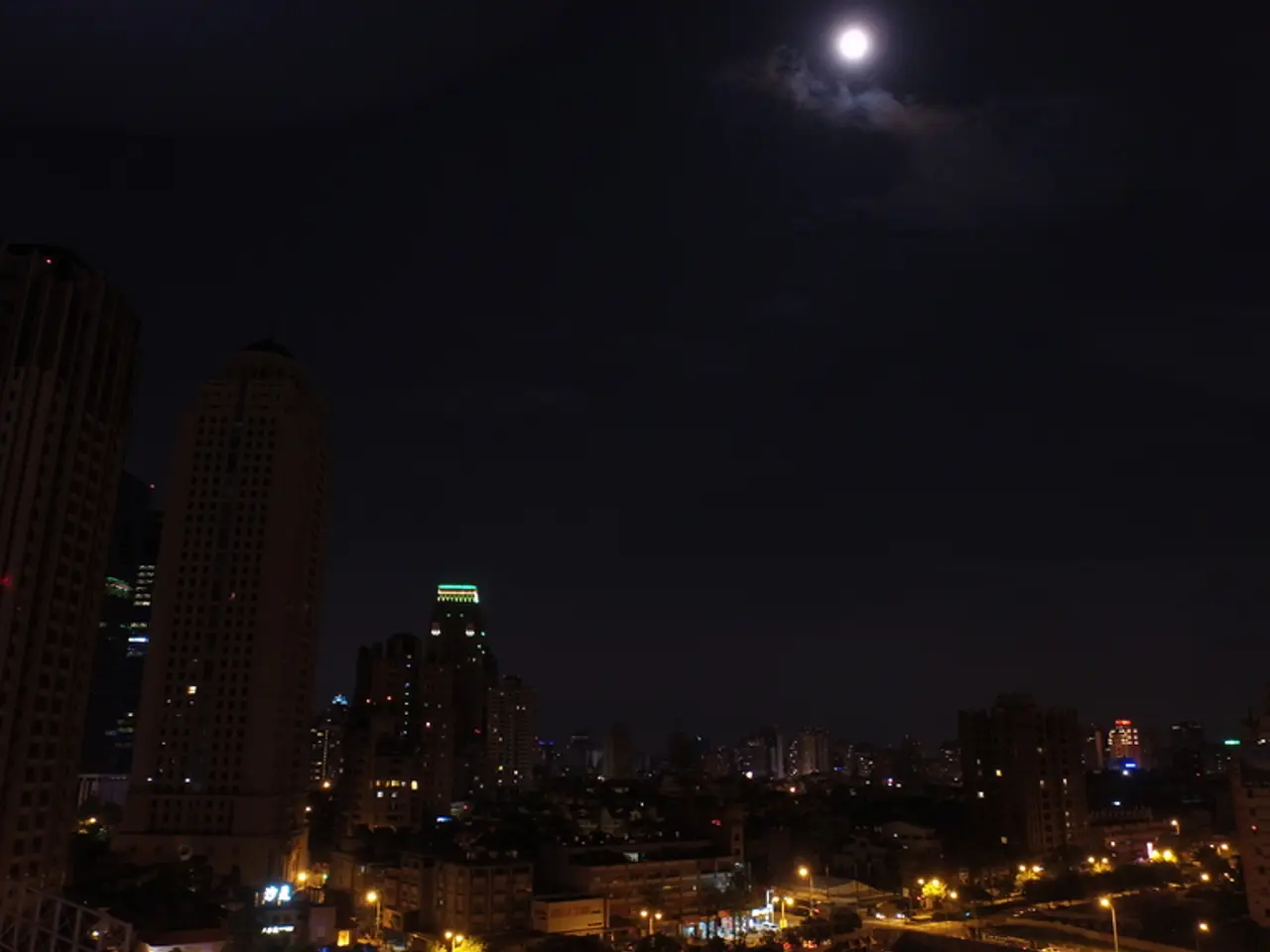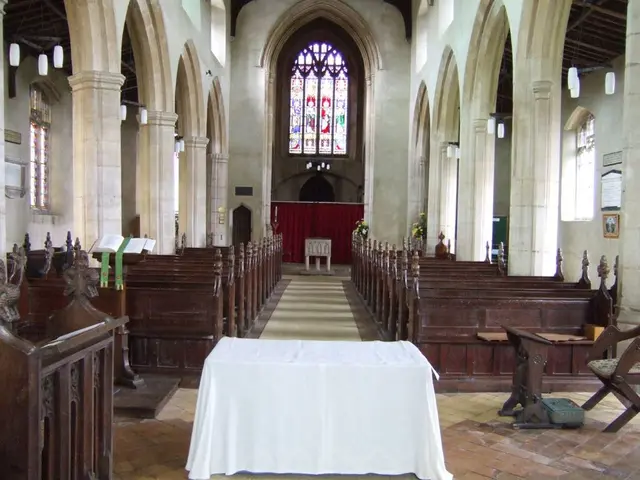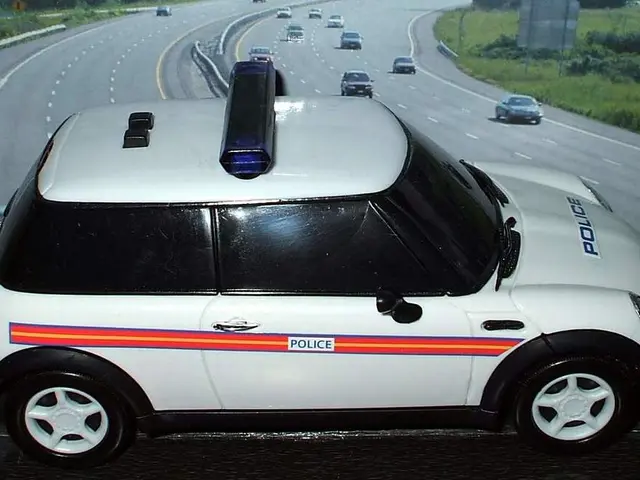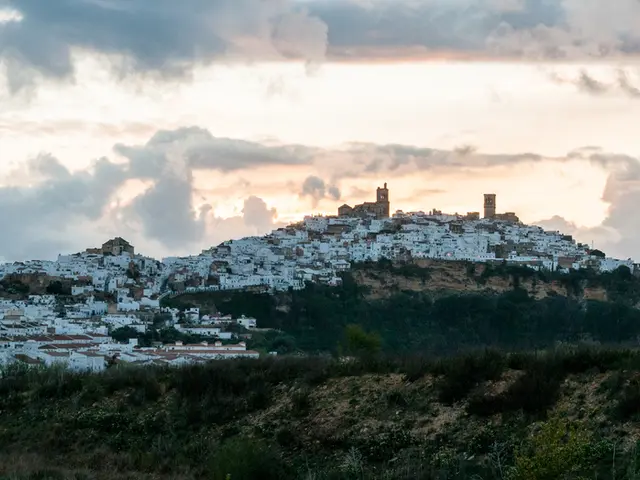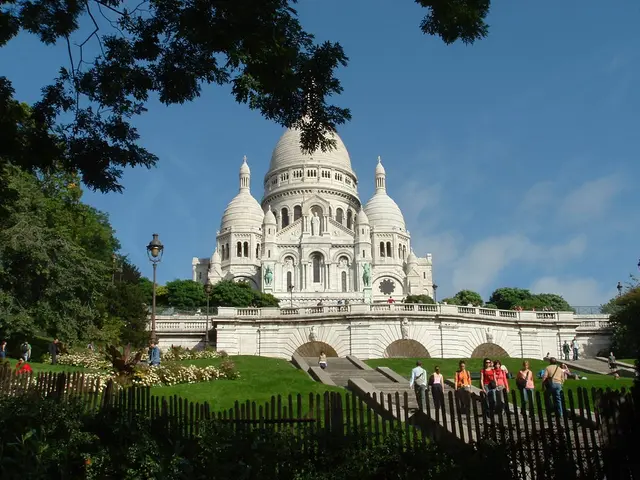Understanding Blue Hour Photography: Capturing Magical Moments during Twilight
The blue hour, a unique time between light and dark, offers photographers a captivating opportunity to create stunning images. This enchanting period just before sunrise or after sunset lasts between 20 to 40 minutes and is characterised by a rich, deep blue colour in the sky due to the way sunlight scatters through the atmosphere.
To make the most of this magical time, several techniques can help you capture great blue hour photographs.
Firstly, mastering exposure settings is crucial. A good starting point is an ISO of 100-400, an aperture of f/8-f/11, and a shutter speed anywhere from 1 second to 30 seconds. Using low ISO settings helps minimise noise and retain the best image quality in low-light conditions, while apertures around f/8 to f/11 are ideal for landscapes to keep everything sharp and in focus. Employing longer shutter speeds allows more light in and captures motion creatively, producing silky smooth water, streaking clouds, or light trails from traffic.
A sturdy tripod is essential for blue hour photography to prevent camera shake during long exposures and ensure sharp images. Neutral Density (ND) filters can extend shutter speeds even further to create dreamy, ethereal effects with water or clouds while preserving exposure balance.
Planning your shoot carefully is also vital, as the blue hour window is short. Scout your location beforehand, use apps to predict exact timing, and be ready to shoot quickly. Reflections in puddles, wet streets, or still water can double the impact of the blue sky and glowing lights.
Creative techniques such as light painting with a flashlight during long exposures or using exposure bracketing and blending to capture high-contrast scenes effectively can also add a unique touch to your blue hour photographs.
For astrophotography or nightscapes, consider blue hour blending: capture a well-lit foreground during blue hour without moving the camera, then shoot the night sky separately, blending exposures later to get detailed foregrounds with minimal noise.
Remember, be patient during blue hour photography, as the best light might come just when you're about to pack up. The blue hour light is gentle and moody, providing a soft, even light with little contrast, perfect for balanced, dramatic images.
Whether you're shooting cityscapes, nature, or portraits, blue hour photography offers a chance to capture the world in a quiet, cool, and emotionally rich light. So, dress for the conditions, especially in the morning when it can be cold, and bring extra batteries as they can drain quickly during long exposures and low temperatures.
Embrace the blue hour, and let it be your powerful tool for creating memorable images. Happy shooting!
- To enhance your blue hour photography, consider the fashion-and-beauty aspect and dress appropriately for the chilly mornings to stay comfortable.
- After capturing stunning blue hour images, share them on your lifestyle blog, showcasing your food-and-drink recommendations alongside travel itineraries and home-and-garden renovations, creating a cohesive collection of experiences.
